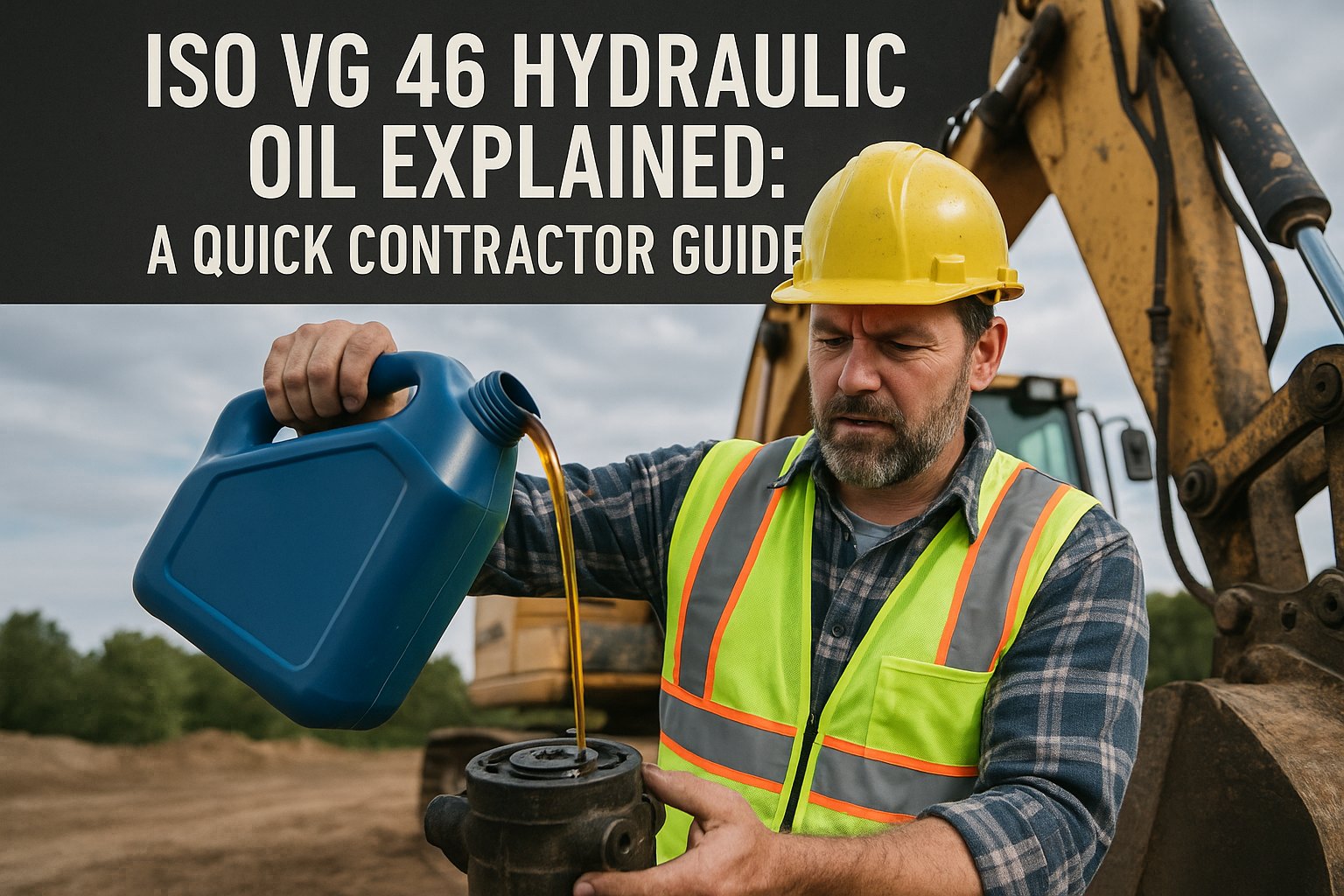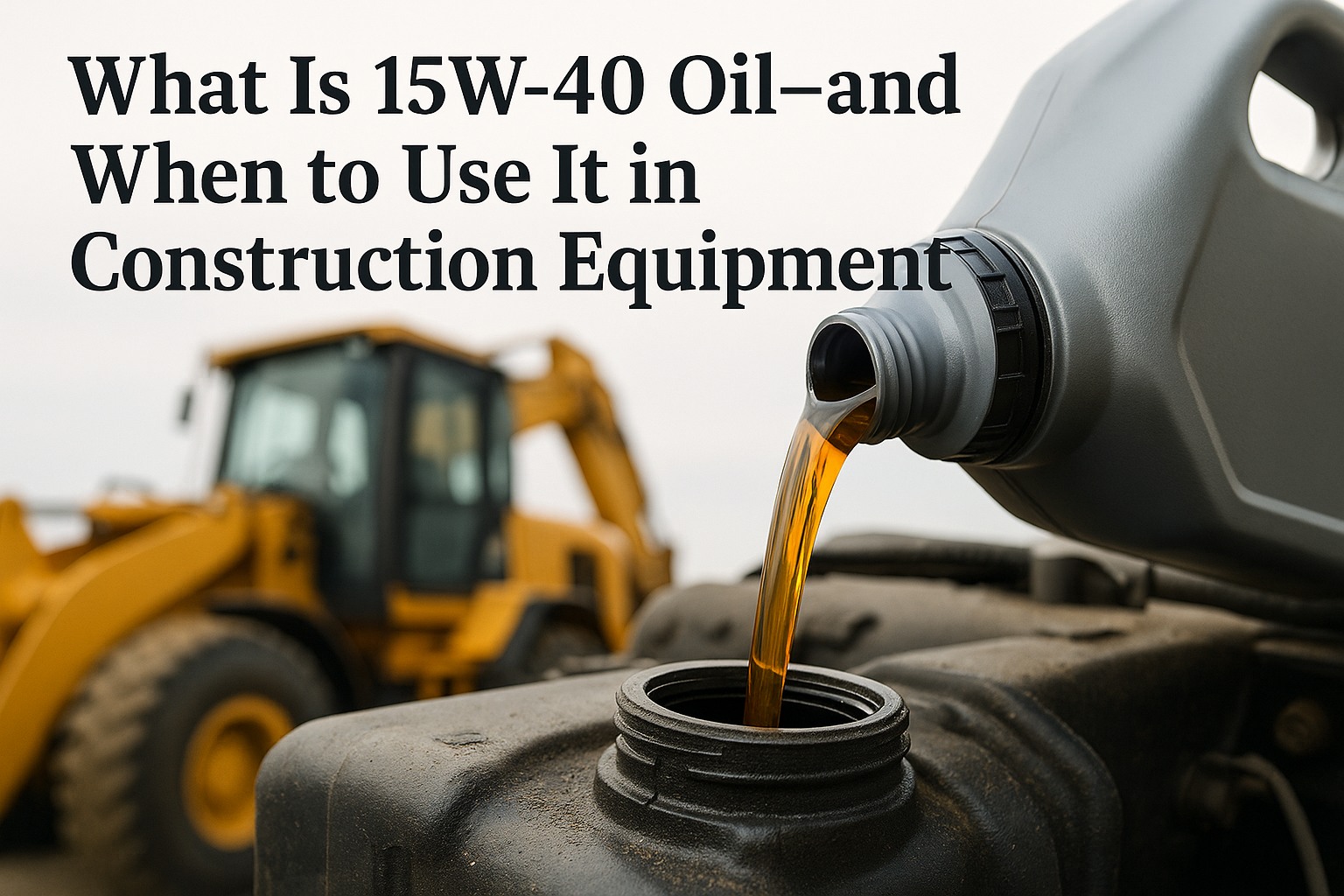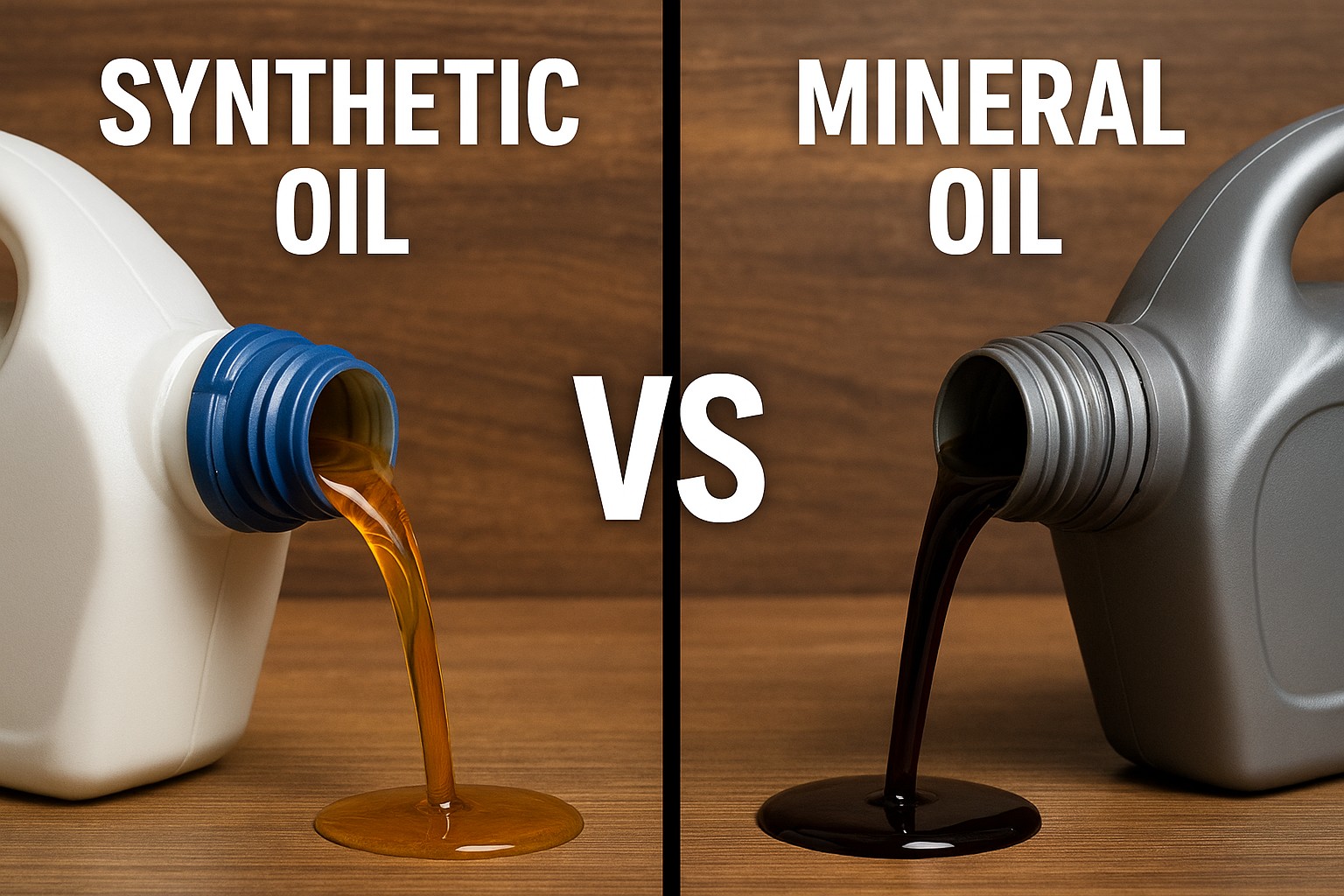Heavy construction equipment fuel consumption represents 30-40% of total project operational costs, with bulldozers, loaders, and graders consuming an average of 15-25 liters per operating hour across diverse construction applications. Rising fuel prices and environmental regulations have transformed fuel efficiency from an operational consideration into a strategic business imperative. Advanced fuel management strategies now enable construction companies to reduce fuel consumption by 25-30% while maintaining productivity levels, directly impacting project profitability and competitive positioning in an increasingly cost-conscious marketplace where operational excellence determines market leadership.
The Fuel Efficiency Challenge in Heavy Construction Equipment
Modern construction operations face unprecedented pressure to optimize fuel consumption while maintaining productivity standards and project delivery schedules. Heavy equipment fuel management has evolved beyond basic cost control to encompass environmental compliance, operational efficiency, and strategic competitive advantage in markets where margins continue to compress under economic pressures.
Escalating Fuel Costs
Fuel prices have increased 35% over the past two years, with construction companies experiencing ₹8-12 lakhs additional annual costs per machine, forcing immediate optimization of fuel consumption strategies.
Productivity Pressure
Project schedules demand maximum equipment utilization while fuel budgets require consumption reduction, creating operational tensions that demand sophisticated optimization approaches.
Environmental Compliance
Emission regulations and carbon footprint requirements mandate fuel efficiency improvements, with non-compliance penalties reaching ₹50+ lakhs for large construction projects.
Margin Compression
Construction margins have decreased 15% while fuel represents growing percentage of project costs, requiring immediate efficiency improvements to maintain profitability.
Equipment Aging
Aging fleet average of 8-12 years results in 20-30% higher fuel consumption compared to modern equipment, demanding strategic maintenance and upgrade decisions.
Operational Complexity
Multi-site operations with diverse terrain and application requirements complicate fuel optimization efforts, requiring sophisticated management approaches and real-time monitoring systems.
The Cost of Inefficient Fuel Management
Before implementing systematic fuel efficiency programs, construction equipment operations struggled with inefficiencies that created both operational and financial challenges:
- Excessive idling time consuming 20-40% of total fuel usage without productive work output
- Suboptimal operating techniques leading to 25-35% higher fuel consumption per task completion
- Poor maintenance practices resulting in 15-20% fuel efficiency degradation over time
- Inadequate route planning causing unnecessary fuel consumption through inefficient work patterns
- Lack of performance monitoring preventing identification and correction of fuel waste sources
Transform your equipment fuel efficiency with comprehensive optimization strategies
Getting Started Book a DemoStrategic Foundation: Operator Training and Technique Optimization
Operator performance directly impacts fuel consumption, with skilled operators achieving 20-30% better fuel efficiency than untrained personnel through proper technique application and equipment operation optimization. Comprehensive training programs form the cornerstone of sustainable fuel efficiency improvements.
Fuel Efficiency Tip #1: Master Optimal Operating Techniques
Operator technique optimization represents the most immediate and cost-effective fuel efficiency improvement, with properly trained operators delivering measurable consumption reductions within days of implementation.
Load Management Strategies
Optimal bucket loading techniques, proper lifting sequences, and load distribution methods that maximize productivity while minimizing fuel consumption per cubic meter moved.
Engine Speed Optimization
Strategic RPM management matching engine speed to work requirements, avoiding unnecessary high-RPM operation that increases fuel consumption without productivity gains.
Hydraulic System Efficiency
Proper hydraulic operation techniques including smooth control movements, appropriate pressure application, and system warm-up procedures for optimal efficiency.
Work Pattern Planning
Efficient work sequencing, material handling optimization, and route planning that minimizes unnecessary machine movement and maximizes productive work cycles.
Fuel Efficiency Tip #2: Implement Comprehensive Idling Reduction Programs
Idling reduction strategies can decrease fuel consumption by 15-25% across construction fleets, with automatic shutdown systems and operator training delivering immediate cost savings and environmental benefits.
Idling Reduction Best Practices:
- Automatic shutdown systems - Programmable idle shutdown after 3-5 minutes of inactivity, preventing unnecessary fuel consumption
- Operator awareness training - Education on idling costs and environmental impact, creating operational culture focused on efficiency
- Work scheduling optimization - Coordinating equipment usage to minimize waiting time and idle periods between tasks
- Environmental considerations - Balancing shutdown frequency with engine wear concerns and operational readiness requirements
- Performance monitoring - Tracking idle time percentages and implementing improvement targets for operators and projects
Advanced Maintenance Optimization for Fuel Efficiency
Fuel Efficiency Tip #3: Strategic Engine Maintenance and Performance Tuning
Engine maintenance excellence directly correlates with fuel efficiency, with properly maintained engines consuming 10-15% less fuel than neglected equipment. Systematic maintenance programs ensure optimal combustion efficiency and power output throughout equipment lifecycle.
Air Filtration System Optimization
High-quality air filters and regular replacement schedules prevent engine performance degradation, with clean air filters improving fuel efficiency by 5-10% compared to dirty filters.
Fuel System Maintenance
Fuel filter replacement, injector cleaning, and fuel quality management ensure optimal combustion efficiency and prevent performance losses that increase consumption.
Engine Oil Optimization
High-quality synthetic oils and proper viscosity selection reduce internal friction, improving fuel efficiency by 2-5% while extending engine life and maintenance intervals.
Cooling System Performance
Radiator cleaning, coolant replacement, and thermostat maintenance ensure optimal operating temperatures that maximize fuel efficiency and prevent overheating damage.
Fuel Efficiency Tip #4: Hydraulic System Efficiency Enhancement
Hydraulic system optimization can improve overall equipment fuel efficiency by 8-12% through reduced parasitic power losses and enhanced system responsiveness that enables faster work cycles.
Hydraulic Fluid Management
Premium hydraulic fluids and regular analysis programs maintain system efficiency, prevent component wear, and ensure optimal power transmission with minimal losses.
Filter System Optimization
High-efficiency filters and proper replacement schedules maintain system cleanliness, preventing contamination that reduces efficiency and increases fuel consumption.
Pressure System Calibration
Regular pressure testing and adjustment ensure optimal system performance, preventing over-pressurization that wastes fuel and under-performance that reduces productivity.
Component Maintenance
Pump maintenance, cylinder sealing, and valve calibration maintain system integrity and efficiency, preventing leaks and performance degradation that increase fuel consumption.
Technology Integration and Real-Time Monitoring
Fuel Efficiency Tip #5: Deploy Advanced Telematics and Fuel Monitoring Systems
Telematics technology enables real-time fuel consumption monitoring, operator performance analysis, and equipment optimization that delivers 15-20% fuel efficiency improvements through data-driven decision making and proactive management.
Real-Time Consumption Monitoring
Continuous fuel flow measurement and consumption tracking enable immediate identification of efficiency problems and optimization opportunities across all equipment.
Operator Performance Analytics
Individual operator efficiency scoring, technique analysis, and training need identification based on actual fuel consumption and productivity data.
Equipment Health Monitoring
Engine performance indicators, hydraulic system efficiency metrics, and maintenance requirement alerts that prevent efficiency degradation before it impacts fuel consumption.
Fleet Optimization Dashboards
Comprehensive reporting and analytics platforms providing managers with actionable insights for continuous fuel efficiency improvement and cost optimization.
Fuel Efficiency Tip #6: Implement Predictive Analytics for Optimization
Predictive analytics platforms analyze historical and real-time data to identify optimization opportunities, predict maintenance needs, and recommend efficiency improvements that reduce fuel consumption while maintaining productivity.
Analytics-Driven Optimization:
- Consumption pattern analysis - Identifying trends and anomalies in fuel usage across different operators, applications, and operating conditions
- Maintenance optimization - Predicting optimal maintenance timing to maintain peak fuel efficiency throughout equipment lifecycle
- Route and work planning - Optimizing equipment deployment and work sequencing to minimize fuel consumption per project task
- Performance benchmarking - Comparing equipment and operator efficiency against best practices and industry standards
- Continuous improvement - Ongoing identification and implementation of efficiency improvements based on data analysis
Equipment Selection and Specification Optimization
Fuel Efficiency Tip #7: Strategic Equipment Sizing and Application Matching
Equipment selection optimization ensures machines are properly sized for applications, preventing oversized equipment that consumes excessive fuel and undersized equipment that operates inefficiently under load stress.
Load-Matched Specifications
Selecting equipment with power and capacity specifications optimized for specific applications, avoiding over-powered machines that waste fuel during light-duty operations.
Tier 4 Engine Advantages
Modern Tier 4 Final engines offer 10-15% better fuel efficiency compared to older Tier 3 engines while meeting emission requirements and providing advanced fuel management features.
Hybrid Technology Integration
Hybrid bulldozers and loaders delivering 25-35% fuel savings in specific applications through electric assist systems and regenerative braking capabilities.
Attachment Optimization
Selecting fuel-efficient attachments and implements designed for specific applications, reducing parasitic power losses and improving overall system efficiency.
Fuel Efficiency Tip #8: Advanced Engine Technology Utilization
Modern engine technologies offer significant fuel efficiency advantages through advanced combustion management, electronic controls, and integrated optimization systems that adapt to operating conditions.
Electronic Engine Management
Advanced ECM systems optimize fuel injection timing, turbocharger operation, and engine parameters for maximum efficiency across all operating conditions.
Variable Speed Control
Engine speed matching to hydraulic demand, reducing fuel consumption during light-load operations while maintaining power for heavy-duty applications.
Integrated System Optimization
Coordinated engine and hydraulic system management that optimizes total machine efficiency rather than individual component performance.
Emission System Integration
SCR and DPF systems designed for fuel efficiency optimization, minimizing regeneration frequency and maintaining optimal engine performance.
ROI and Operational Excellence Outcomes
Organizations implementing comprehensive fuel efficiency strategies consistently achieve significant returns on investment through multiple value streams that extend beyond fuel cost reduction to encompass productivity improvements and environmental compliance.
Quantifiable Cost Savings and Performance Improvements
Strategic fuel efficiency programs deliver measurable benefits across operational and financial metrics:
Operational Efficiency and Competitive Advantages
Comprehensive fuel management creates multiple operational benefits that enhance competitive positioning:
- Reduced project costs through lower fuel expenses enabling more competitive bidding and improved profit margins
- Enhanced equipment utilization with optimized performance and reduced maintenance downtime
- Improved operator skills through training programs that enhance overall equipment operation competency
- Environmental compliance meeting emission requirements and supporting sustainability initiatives
- Data-driven decision making enabling continuous improvement and optimization of fleet operations
Compliance and Environmental Alignment
Environmental regulations and carbon footprint requirements make fuel efficiency a compliance necessity rather than optional optimization. Strategic fuel management ensures regulatory adherence while reducing operational costs and environmental impact.
Emission Standard Compliance
Fuel efficiency improvements directly support Tier 4 Final emission compliance while reducing operating costs and environmental impact across construction operations.
Carbon Footprint Reduction
25-30% fuel consumption reduction translates to equivalent carbon emission reductions, supporting corporate sustainability goals and regulatory requirements.
Project Environmental Requirements
Many construction projects now mandate fuel efficiency targets and emission reductions, making optimization essential for contract compliance and award qualification.
Insurance and Certification Benefits
Demonstrated fuel efficiency and environmental compliance can reduce insurance premiums and qualify for green certification programs that enhance competitive positioning.
Future Outlook and Innovation Roadmap
The heavy equipment industry continues evolving toward greater fuel efficiency through emerging technologies and innovative approaches that promise even more significant consumption reductions and operational improvements.
Electrification and Hybrid Systems
Electric and hybrid bulldozers, loaders, and graders offering 40-60% energy cost reductions in suitable applications while eliminating local emissions.
Autonomous Operation
Self-operating equipment with AI-optimized efficiency delivering consistent fuel performance and eliminating operator variability in fuel consumption.
Advanced Materials
Lighter, stronger materials reducing equipment weight and improving fuel efficiency while maintaining strength and durability requirements.
Alternative Fuel Integration
Hydrogen fuel cells and biofuel compatibility expanding fuel options while maintaining performance standards and reducing environmental impact.
Frequently Asked Questions
Discover comprehensive heavy vehicle inspection and maintenance software solutions for construction equipment operations at www.heavyvehicleinspection.com




